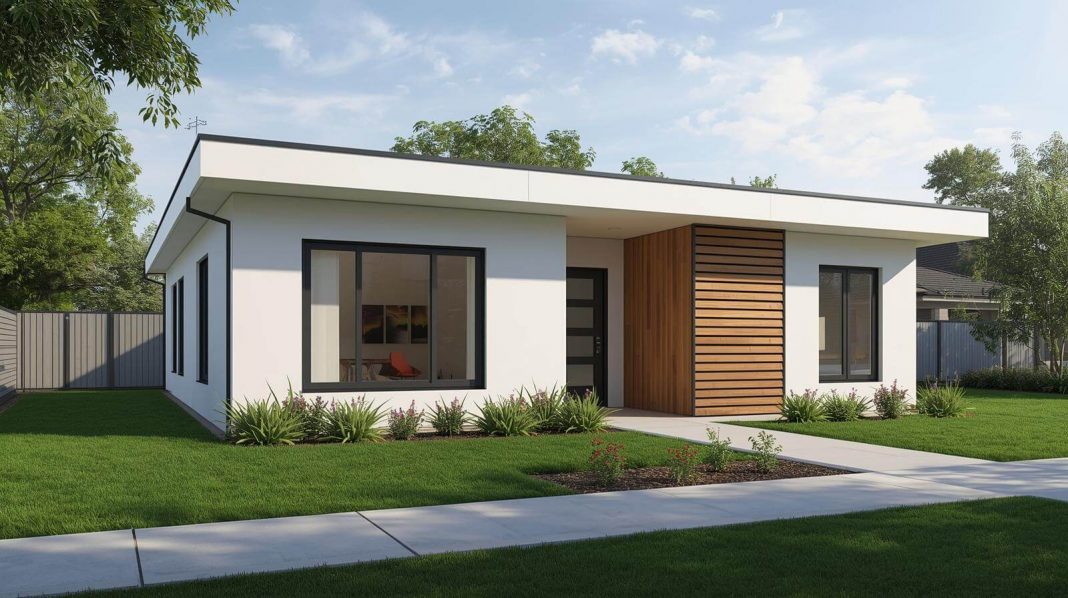Are prefab homes cheaper than traditional houses? That’s the question every buyer asks when exploring modular and factory-built housing. Marketing often promises major savings, but the truth is more nuanced. In this guide, we’ll compare prefab homes with modular and stick-built houses, analyze 10-year ownership costs, and debunk common myths about affordability.
Prefab vs. Modular vs. Traditional Homes
Before we compare prices, it’s important to clarify terms:
-
Prefab homes – umbrella term for factory-built houses, including modular, panelized, and kit homes.
-
Modular homes – a type of prefab, built in sections (modules) and assembled on a permanent foundation.
-
Traditional homes (stick-built) – constructed entirely on-site, usually wood-frame or brick.
👉 Source: U.S. Department of Housing and Urban Development (HUD.gov)
Purchase Costs: Prefab Homes vs. Traditional Houses
So, are prefab homes cheaper than traditional houses upfront? Typically, yes. But let’s break down the numbers:
-
Prefab homes: $100–$180 per sq.ft.
-
Modular homes: $120–$200 per sq.ft.
-
Traditional stick-built: $150–$250 per sq.ft.
Example: a 2,000 sq.ft. home
-
Prefab: $200,000–$360,000
-
Modular: $240,000–$400,000
-
Traditional: $300,000–$500,000
➡ At first glance, prefab homes are clearly cheaper.
10-Year Ownership Costs
Initial savings don’t always mean long-term value. Let’s compare on a 10-year horizon:
-
Prefab homes – lower purchase price but sometimes higher maintenance (roofing, insulation, HVAC).
-
Modular homes – balance between cost and quality; resale value often comparable to traditional homes.
-
Stick-built homes – highest upfront cost but usually strongest resale performance.
💡 A $250,000 prefab home may need $30,000–$40,000 in repairs after 10 years, closing the gap with traditional houses.
Myth-Busting: Are Prefab Homes Always Cheaper?
Myth: Prefab homes are always the lowest-cost option.
Reality: It depends on:
-
Land costs – same for prefab and traditional.
-
Site prep and utilities – can erase prefab savings.
-
Customization – porches, garages, and high-end finishes increase costs.
-
Financing & insurance – sometimes higher for prefab vs. traditional builds.
So while prefab homes may start cheaper, they are not always the most cost-effective.
When Prefab Homes Are Truly Cost-Effective
Prefab homes make the most sense when:
-
Land is affordable and ready-to-build.
-
Buyers choose standard floor plans with minimal upgrades.
-
Speed is a priority (3–6 months vs. 9–12 months for stick-built).
-
Factory designs offer better energy efficiency.
-
Resale value is less important (long-term residence).
👉 Source: National Association of Home Builders
FAQ on Prefab Home Costs
Are prefab homes cheaper than modular homes?
Yes, entry-level prefab homes are often cheaper, but modular homes usually offer better financing and resale.
Are prefab homes cheaper than traditional houses in all states?
Not always. In states like California or the Northeast with stricter building codes, costs approach traditional levels.
Is prefab always the smarter choice?
Only if you prioritize upfront savings and faster build times over long-term appreciation.
Conclusion: Are Prefab Homes Cheaper?
So, are prefab homes cheaper than traditional houses? The answer is both yes and no. Prefab homes can save 10–30% upfront, but over 10 years, maintenance, customization, and financing may narrow the gap.
For buyers who want affordable housing with fast delivery, prefab is a strong choice. For long-term value and resale, modular or traditional homes may justify the higher investment.
